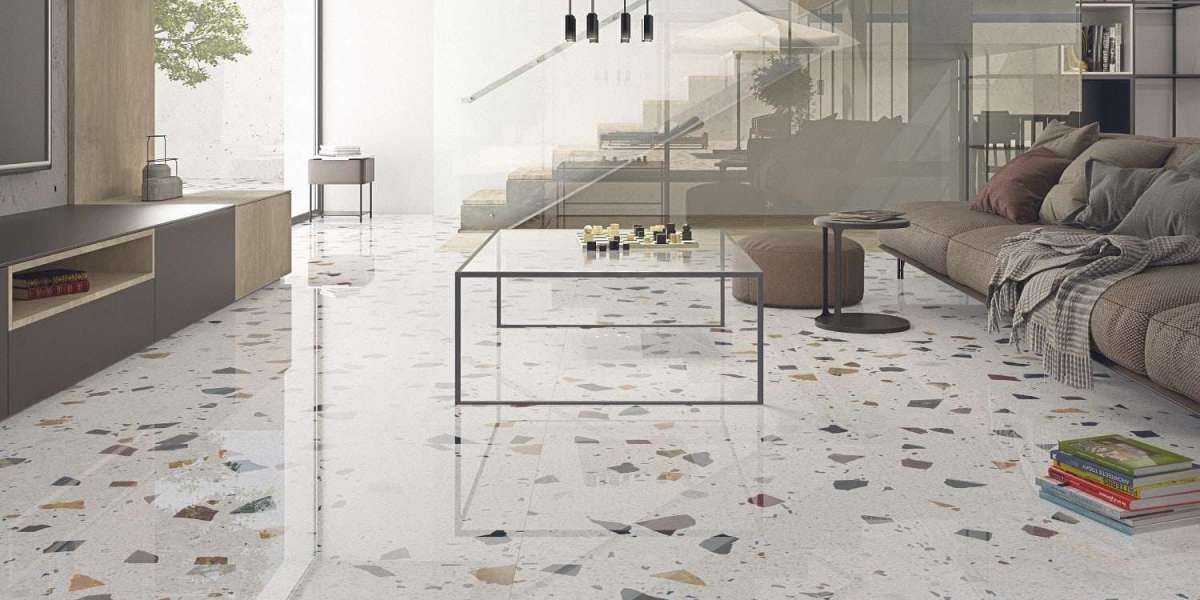Terrazzo, a flooring material that dates back to ancient times, has experienced a resurgence in popularity, and it's easy to see why. With its unique blend of history, durability, and aesthetic appeal, terrazzo tiles have become a favorite choice for interior designers and homeowners alike. In this blog, we'll explore the fascinating world of terrazzo tiles, uncovering their origins, highlighting their benefits, and showcasing their versatility in contemporary design.
A Walk Through History:
Terrazzo, an Italian word meaning "terrace," finds its roots in 15th-century Venice. Venetian construction workers would use discarded marble chips from upscale projects and set them in clay to create affordable, long-lasting flooring for their own homes. Over the centuries, terrazzo evolved, incorporating a variety of materials such as glass, granite, and quartz.
Today's Terrazzo Tiles:
Modern terrazzo tiles have preserved the charm of their historical predecessors while embracing new materials and manufacturing techniques. These tiles typically consist of a mixture of marble, quartz, glass, or other aggregates set in a binding material, often cement or epoxy resin. The result is a stunning mosaic-like surface that can be customized to match any design aesthetic.
Benefits of Terrazzo Tiles:
Durability: Terrazzo tiles are renowned for their durability, making them an ideal choice for high-traffic areas. The combination of hard aggregates and a strong binding material ensures that terrazzo floors can withstand the test of time.
Low Maintenance: Unlike other flooring options that require regular upkeep, terrazzo is relatively low maintenance. Simple cleaning routines, such as sweeping and mopping, can keep terrazzo tiles looking as good as new.
Versatility in Design: One of the key attractions of terrazzo is its versatility in design. The variety of available aggregates and the ability to customize the tile's color and pattern make terrazzo a favorite for designers looking to create unique and eye-catching spaces.
Eco-Friendly Option: Many terrazzo tiles are made using recycled materials, making them an environmentally friendly flooring choice. Additionally, the longevity of terrazzo contributes to sustainable building practices by reducing the need for frequent replacements.
In Contemporary Design:
Terrazzo tiles have found their way into contemporary design trends, gracing the floors of stylish homes, upscale restaurants, and trendy offices. From classic patterns to bold and artistic designs, terrazzo adapts to various styles, adding a touch of sophistication to any space.
Conclusion:
Terrazzo tiles stand as a testament to the enduring appeal of timeless craftsmanship. From their humble beginnings on Venetian terraces to their current status as a symbol of elegance and durability, terrazzo has proven its worth throughout the ages. Whether you're renovating a historic building or designing a modern space, terrazzo tiles offer a beautiful blend of history, versatility, and longevity—an investment that will keep your floors stylish for generations to come.








